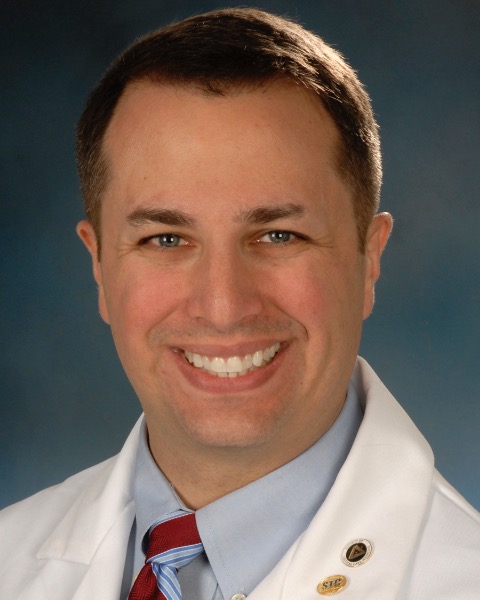Venovenous Extracorporeal Membrane Oxygenation Referral Patterns for COVID-19 Respiratory Failure
-
EN
Erin Niles, PA-C
Physician Assistant
R Adams Cowley Shock Trauma Center at the University of Maryland Medical Center, United StatesDisclosure information not submitted.
-
DH
Daniel Haase, MD, (he/him/his)
Associate Professor of Emergency Medicine and Surgery
R. Adams Cowley Shock Trauma Center
Baltimore, MDDisclosure information not submitted.
-
QT
Quincy Tran, MD, PhD, FCCM
Associate Professor
University of Maryland Medical Center
Baltimore, MD, United StatesDisclosure information not submitted.
-
EP
Elizabeth Powell, MD
Assistant Professor of Emergency Medicine
University of Maryland School of Medicine, United StatesDisclosure information not submitted.
-
JG
James Gerding, PA-C
Physician Assistant
University of Maryland Nedical Center, United StatesDisclosure information not submitted.
-
EE
Emily Esposito, DO
Attending Physician
University of Maryland Medical Center, R. Adams Cowley Shock Trauma Center, United StatesDisclosure information not submitted.
-
.jpg)
Ali Tabatabai, MD,
Associate Professor
University of Maryland
Baltimore, MDDisclosure information not submitted.
-

Samuel Galvagno, DO, MS, PhD, FCCM
Professor
University of Maryland School of Medicine
Pasadena, MD, United StatesDisclosure information not submitted.
-
MA
Maie Abdel Wahab, n/a
Student
University of Maryland Research Associate Program, United StatesDisclosure information not submitted.
-
SP
Saad Pirzada
Student
University of Maryland Research Associate Program, United StatesDisclosure information not submitted.
-
AS
Aditi Singh, n/a
Student
University of Maryland Research Associate Program, United StatesDisclosure information not submitted.
First Author(s)
Co-Author(s)
Title: Veno-Venous Extracorporeal Membrane Oxygenation Referral Patterns for COVID-19 Respiratory Failure
Introduction: Approximately one third of hospitalized patients with Coronavirus disease (COVID-19) develop acute respiratory distress syndrome (ARDS). When patients with COVID-19 ARDS fail to improve with invasive mechanical ventilation and conventional therapies, veno-venous extracorporeal membrane oxygenation (VV ECMO) may be considered. Due to resource scarcity during the pandemic, patient triage and transfer to institutions capable of cannulating and managing ECMO patients becomes important to optimize outcomes. In this study, we describe the regional referral patterns for VV ECMO to our institution during the COVID-19 pandemic. We further aim to identify predictors of patient transfer for VV ECMO evaluation.
Methods: This study is a single-center retrospective review of VV ECMO transfer requests for adult COVID-19 patients and persons under investigation (PUI) between March and December 2020. Pediatric patients and VV ECMO consults for non-COVID diseases were excluded. We utilized a Classification and Regression Tree (CART,) a decision tree algorithm, to identify variables predicting transfer.
Results: Our institution received 218 audio-recorded consults between March and December 2020 from 50 referring hospitals. 89 patients were accepted for VV ECMO evaluation, 64 of whom were cannulated for VV ECMO. Time series analyses revealed VV ECMO consults to our center mirrored both regional and national COVID-19 trends for hospitalizations; the number of referrals, acceptances, and cannulations rose with an increase in hospitalizations both in our state and the United States. Our highest number of ECMO transfer requests was December 2020, with the highest number of cannulations occurring in May 2020. CART identified low oxygen saturation (SpO2 ≤94%,) high serum bicarbonate ( >31mEq/L,) and young age (≤ 44 years of age,) as the most important predictors of acceptance for transfer.
Conclusion: During the COVID-19 pandemic, age, serum bicarbonate, and oxygenation status were the strongest discriminators for transfer to a regional VV ECMO center for adults with severe COVID-related ARDS. Further studies should examine the between-group differences in those transferred and cannulated, and those transferred and who were not placed on VV ECMO.
